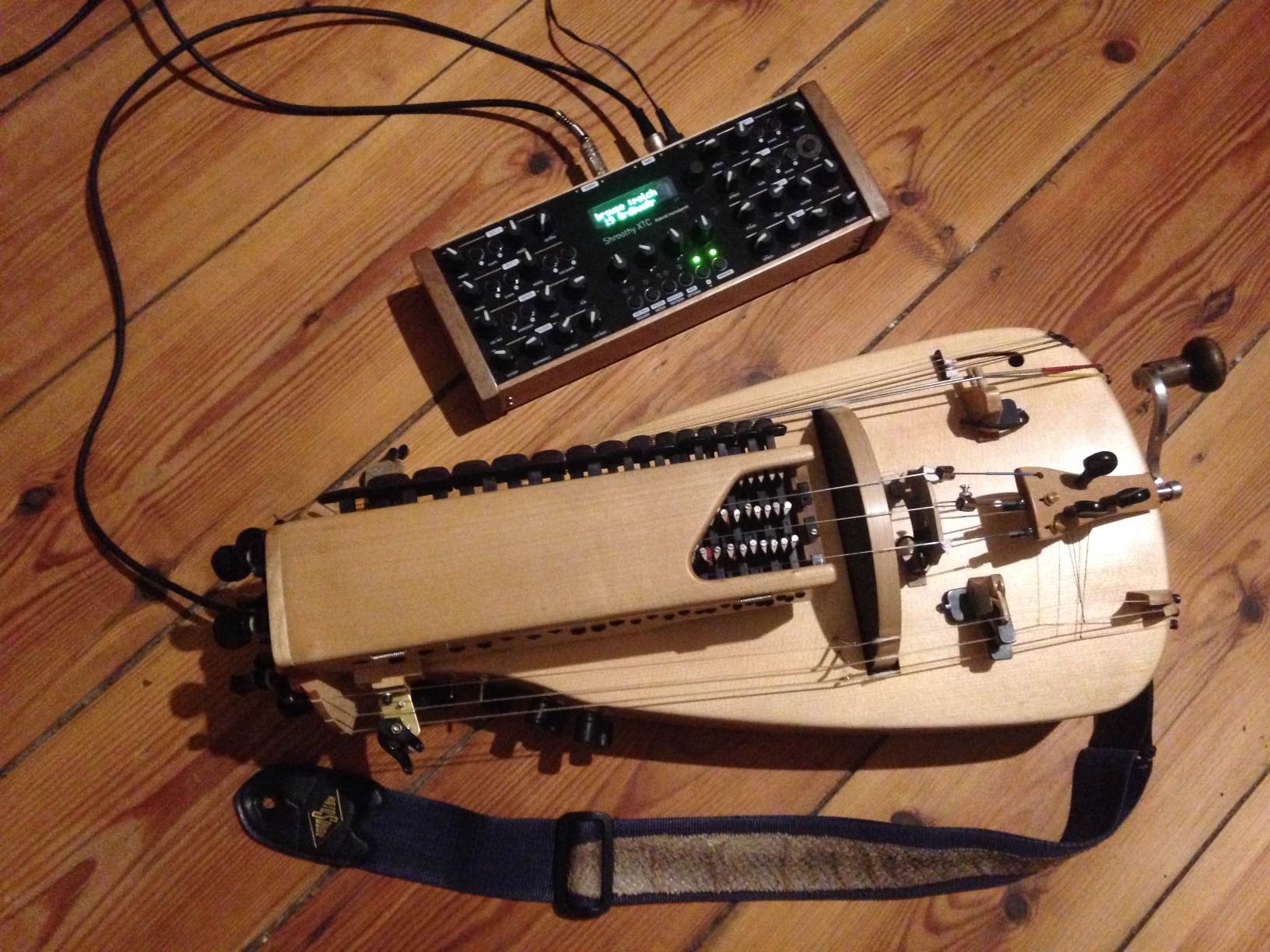If you run into weird “file corrupt or unwritable” errors when trying to tag/rename tracks with Picard on (k)ubuntu, check whether the files are read-only. When using Dolphin to rip and encode CDs (an excellent feature – Dolphin continues to surprise me) it retains their read-only permissions when copying them to your disk, rather than setting it to something sensible.
$50 per month patrons vs $5 per month patrons, 1761 edition
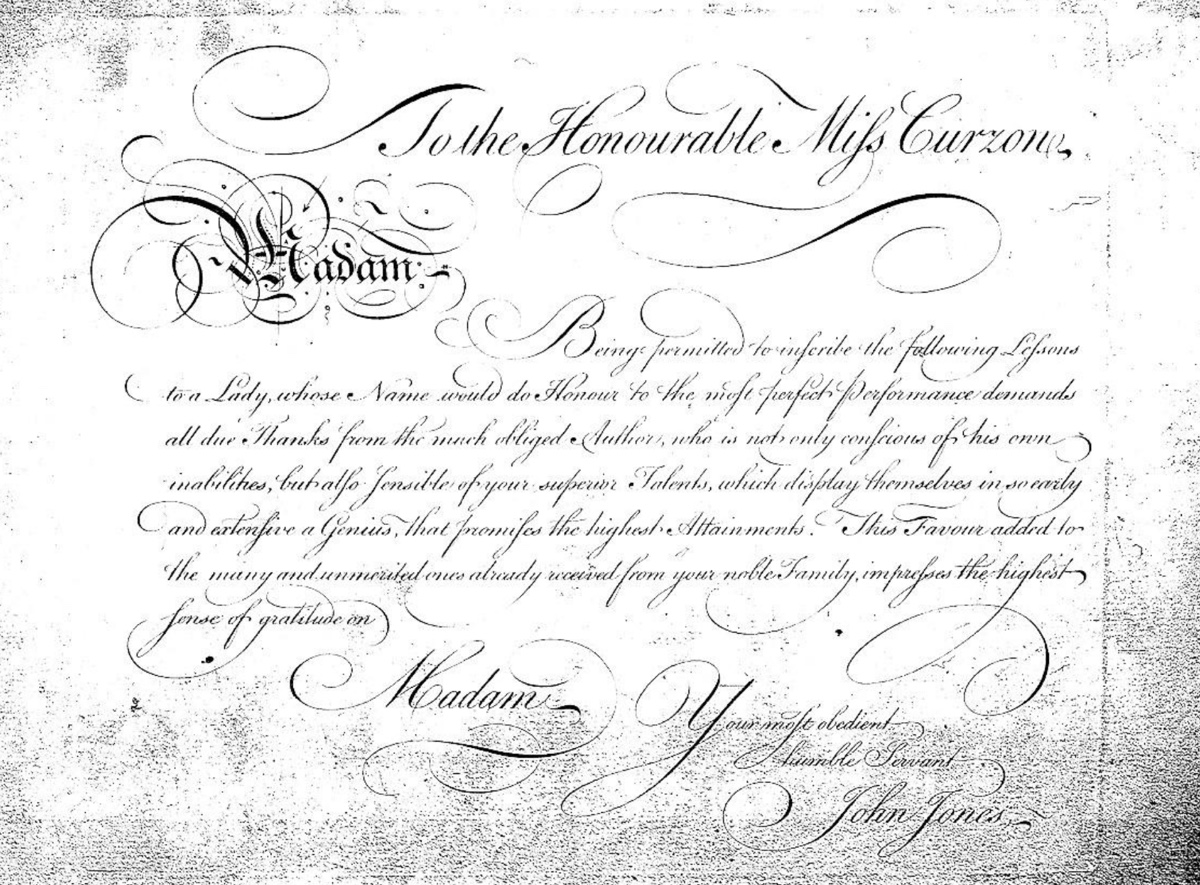
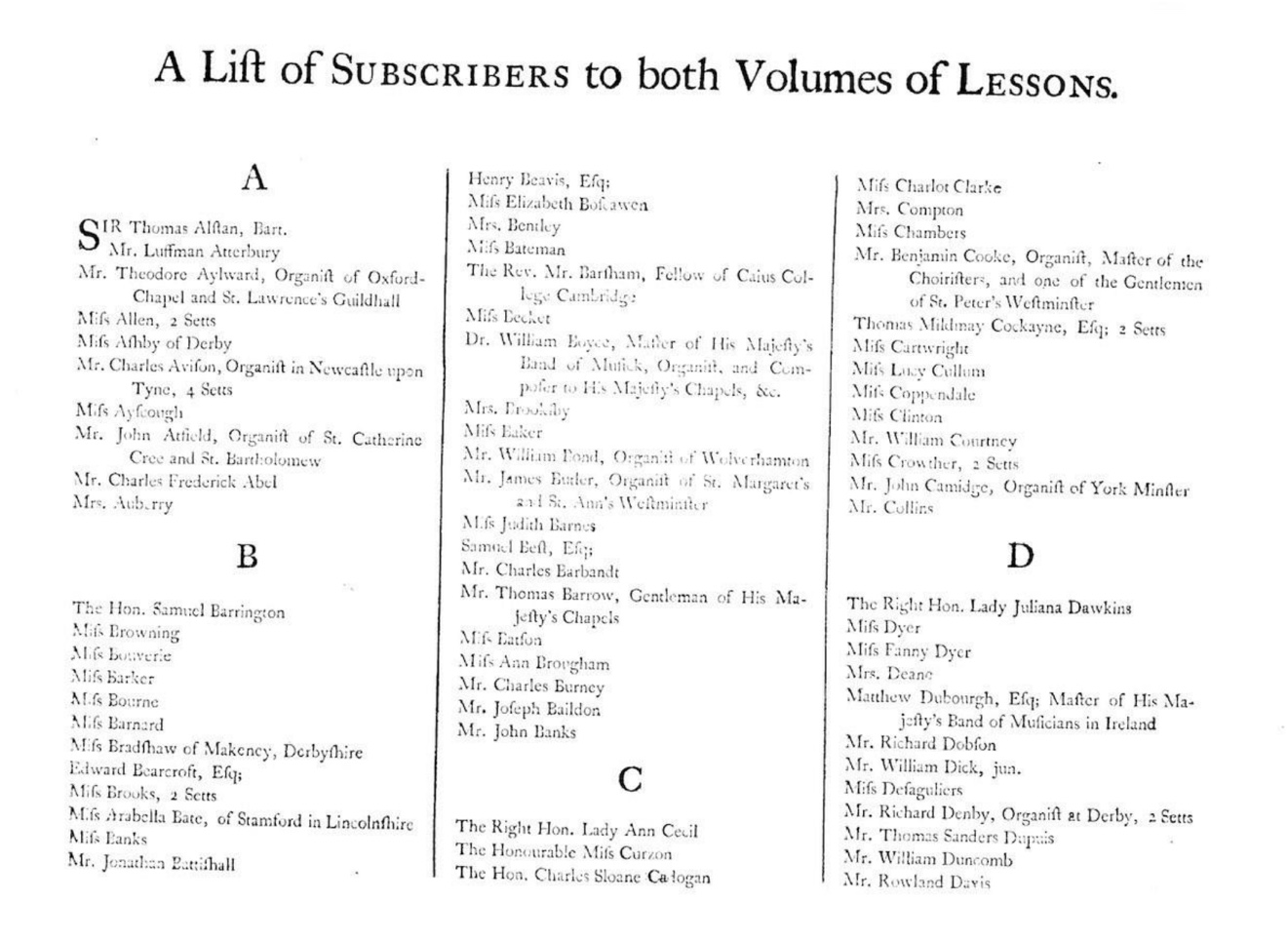
From imslp.org/wiki/Lessons_for_the_Harpsichord_(Jones%2C_John)
In lieu of being able to sing together with people this winter, I transcribed Thomas Ravenscroft’s “Remember, O Thou Man” carol (from Melismata, 1611) into 4-shape notation.
I left in most of the notational oddities and old spelling, although I did fill in the missing bar in the alto part with what seems to be the generally accepted version. The empty bar at the beginning is necessary to persuade Musescore to let me notate a dorian piece in 4-shape notation — that’s also why the second system has the wrong key signature (it doesn’t look like that in the editor, only the export.) Hopefully they will either fix that soon, or I’ll find a good way of getting ABC notation typeset in shapes.
Anyway, here’s the score. Enjoy!
I think this is the most fun I’ve ever seen people have playing classical music
https://www.youtube.com/watch?v=BSyLauxdwtw
Experimenting with some computational musicology on a vast corpus of traditional music compiled by a friend. Extrapolating from the last few hours, I anticipate the first complete analysis will take 2.5 days to complete on my macbook. Plenty of time to research how to build a raspberry pi parallel computing cluster…
Finally finished my @monomes arc clone (original design by Johannes Neumann)

Sacred Harp is some of the most exciting music I’ve come across in years, but, being polyphony, you need a group of people to properly enjoy it. Sometimes, once a week really isn’t enough, and an evening in front of a multitrack recorder has to suffice…
EDIT: I couldn’t resist also recording this parody version. 50% of Sacred Harp is a bunch of biblical and religious stuff but most of the rest, including 209, is pure, unadultered memento mori.
Found this nice ISMLP category page while starting research for a new project, containing enough baroque French gurdy scores to keep anyone busy for a while imslp.org/wiki/Category:Scores_featuring_the_vielle
There’s all sorts of interesting stuff if you poke around a bit — for example, in Bordet’s Méthode raisonnée pour apprendre la musique there’s a summary of the hurdy gurdy which suggests that extended keyboards beyond the usual two-octaves-minus-high-F# existed, but were “extraordinaire, et peu usité:”
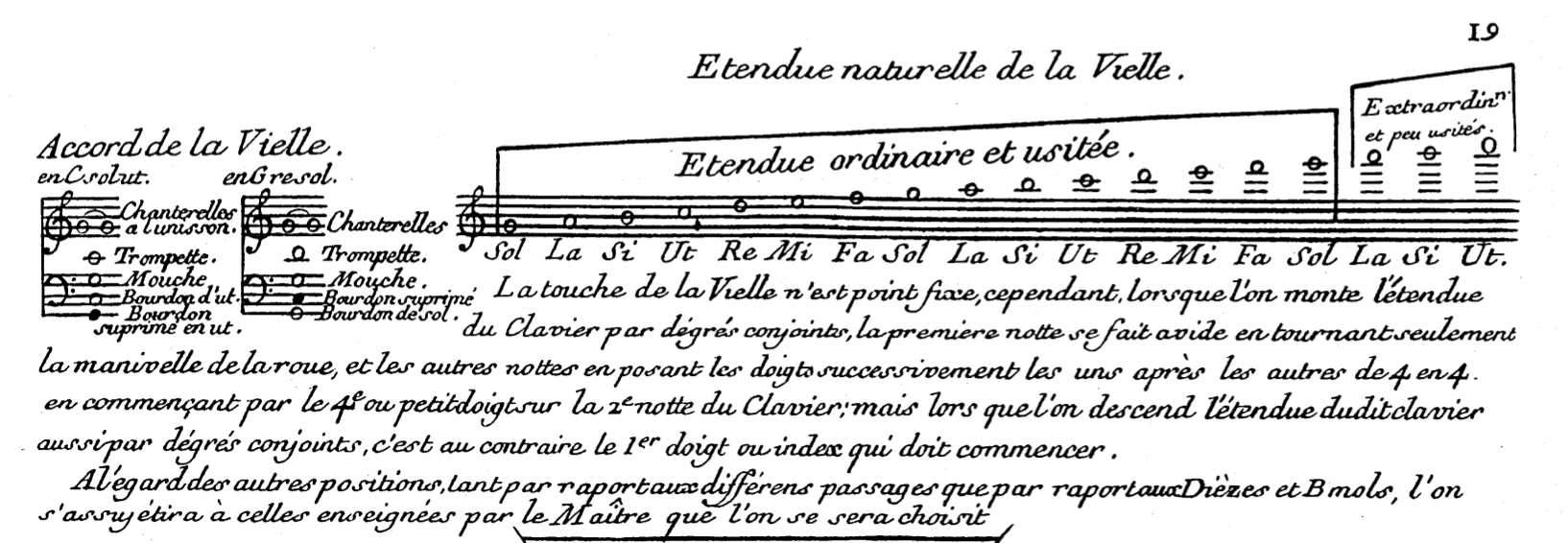
After missing the crowdfunding campaign, I was happy to finally be able to buy a copy of Tobie Miller’s excellent Bach solo hurdy gurdy CD at Chateau d’Ars last week. I couldn’t find any official album artwork on the web yet, so here is a quick scan of the cover, for anyone else who got a copy already.

It is possible, if somewhat awkward, to update the Mooer Ocean Machine firmware on a mac using Wine and a cheap USB MIDI cable.
WARNING: if the firmware update doesn’t complete successfully, it will not permanently brick your unit (as the update can always be attempted again) but the pedal will not work until a firmware is successfully installed! Attempt at your own risk, and definitely not 10 minutes before a gig.
First, download the update from the Mooer website. The update and update software comes in a .rar archive, so you’ll need something like The Unarchiver to unpack it.
You’ll need the latest version of Wine for Mac from winehq.org. I successfully installed the firmware update using 3.0.2. Using version 2.0 consistently failed.
Power on the Ocean Machine in firmware update mode and plug in your USB MIDI cable as specified by the update readme. Check in Audio MIDI Setup that it’s working and recognised. Then, launch the updater using Wine. Select the firmware update file, then click “Update”. You might get a popup window helpfully saying “MIDI Device Error!!”. Try pressing Update again, if you’re lucky it will work. If not, open Terminal and try the following solution.
The problem with (old versions of) Windows, Wine and this updater program is that they rely on the “MIDI device mapper” utility to decide which MIDI device to use. This would be fine, but under Wine for Mac there’s no easy way of seeing a list of devices or configuring which device to use.
It is possible to change the default MIDI device used by the MIDI mapper, by creating a text file with the following code:
REGEDIT4
[HKEY_CURRENT_USER\Software\Microsoft\Windows\CurrentVersion\Multimedia\MIDIMap]
"CurrentInstrument"="#1"
#0 is the default device, so start at #1.
I saved mine in MMap.ini. Then, run the following command:
wine regedit MMap.ini
and re-open the update app. If after two presses of Update you still get “MIDI Device Error!!”, then quit the updater, change #1 to #2, run wine regedit MMap.ini and try again. Repeat until successful. Yes, the update process sucks.
Recently scanned some album covers I couldn’t find on the web. Here they are, to save the work for any other fans of similarly obscure music:
Seitti, Brelo

Tanz', Duo Haertel Wascher

Eetu Klemetti - Kampi-Klemetin nuottikirja

Gregory Jolivet - Alt'o solo

Marylin Tucker & Paul Wilson - On The Tide

Marylin Tucker & Paul Wilson and friends - Dead Maid’s Land

The Cornwall Songwriters - The Cry of Tin

I built an Ambika to join my family of Walnut Mutables!

I messed up the LED holes in this one, but the laser engraved front panel graphics and text came out really well. The back panel is acrylic so I can admire my electronics handiwork and Emilie’s amazing design any time.
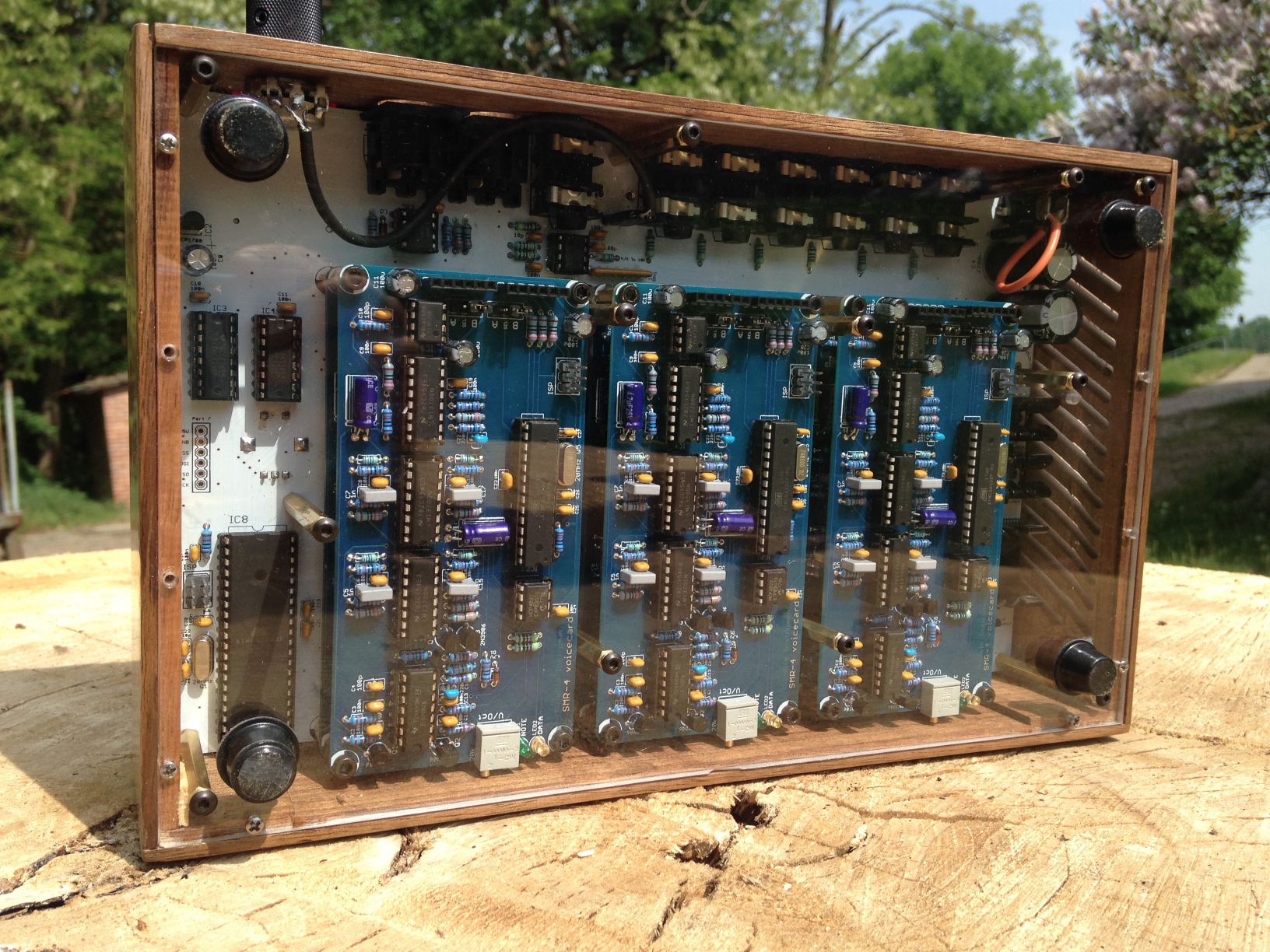
I took the opportunity to give my Shruthi a knob upgrade, too.





